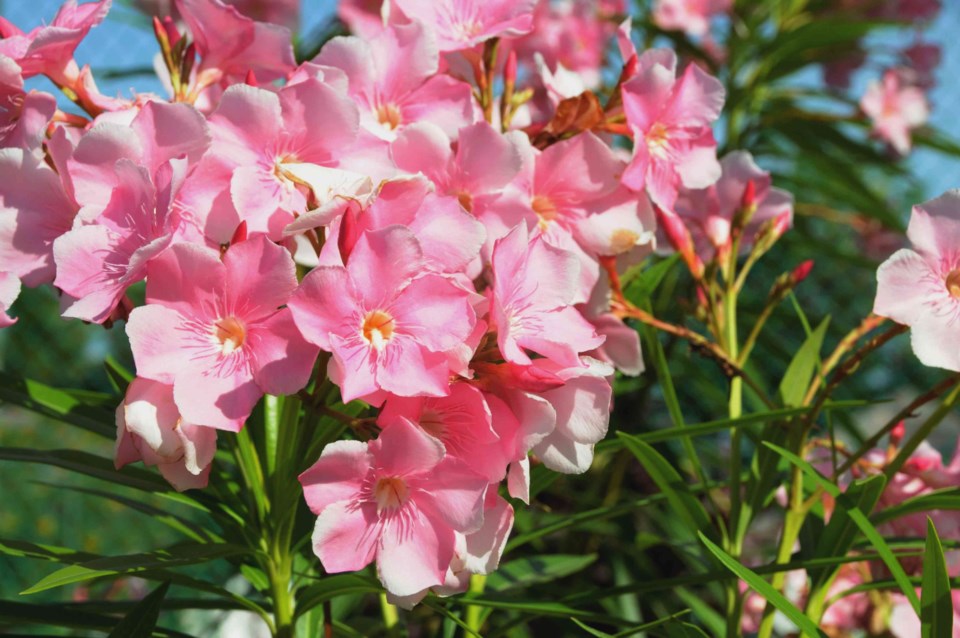Travelling to different places in the world is not only exciting but very educational. As a horticulturist, I am fascinated by the trees, shrubs, perennials and insects that are able to be enjoyed when away from home. Along with the positives however, there are also many things that are not so positive and can be very deadly.
Plants do not have the ability to run or hide when predators come looking, so many plants have instead evolved to become extremely poisonous. This evolution makes their plant parts taste bad and in extreme cases have the ability to kill whatever is eating them.
One of the most dangerous trees in the world grows in the Caribbean area of the world. The Manchaneel tree (Hippomane mancinella) is part of the Euphorbiaceae family. Where it grows you will often see this tree painted with red bands around its trunk in an attempt to keep people safe. It is also commonly called in Spanish the "little apple of death" or manzanilla de la muerte. It grows up to 50 feet tall and has reddish-grey bark, small greenish-yellow flowers and shiny green leaves. The fruit looks much like an apple that is greenish-yellow when ripe. All parts of the tree contain strong toxins that contain phorbol and other skin irritants which cause severe allergic dermatitis. Standing beneath this tree in the rain will cause blistering of the skin from even a small drop of sap. The fruit when consumed is reported to be pleasantly sweet at first with a subsequent strange peppery feeling which quickly progresses to a burning, tearing sensation of the throat which continues to worsen. Strangely enough, although this tree is toxic to many birds and animals, the black-spined iguana is known to eat the fruit and even live among the limbs of the tree.

Abrus precatorius commonly known as Jequirity or Crab's eye is another sleeper for toxicity. This is a perennial climbing plant which you will see twined around trees, shrubs and even hedges in tropical areas. It is a member of the Legume family and it is the seeds of this plant which are used as beads and in percussion instruments that are so very toxic. A single seed that is chewed and ingested can be fatal due to the presence of abrin which stops the protein synthesis of cells. The seeds are very attractive and are most often a bright red seed with a black end. They look similar to ladybugs and are often used as the eyes of carved critters. In the West Indies they are strung into bracelets and worn around the wrist or ankle to ward off evil spirits.
The Castor Bean (Ricinus communis) is commonly grown as an attractive annual here in Canada. It is native to Africa and the seeds are processed as a source of castor oil. However, the plant also contains the poison ricin which is also very deadly. It also will stop the synthesis of protein within the cells when ingested and can be fatal. All parts of the plant are toxic with the seeds having the most concentrated amount of the toxin.
Oleander (Nerium oleander) is another beautiful houseplant for us here on the cool prairies. It can easily be grown as a small indoor tree with striking flowers. All parts of the oleander are also toxic and some will find the sap of the trees is also irritating when it has contact with the skin. It contains oleandrin and neriine which are lethal cardiac glycosides.
Hanbidge is the Lead Horticulturist with Orchid Horticulture. Find us at www.orchidhort.com; by email at [email protected]; on Facebook @orchidhort and on Instagram at #orchidhort. Tune into GROW Live on our Facebook page or check out the Youtube channel GROW.




